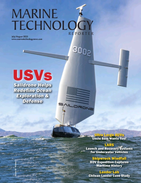USGS, ERDC Install Underwater Asian Carp Deterrent System
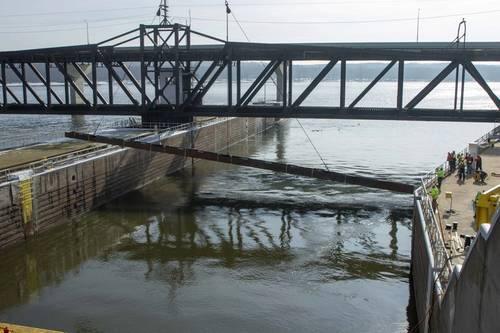
Personnel from the U.S. Army Engineer Research and Development Center and U.S. Geological Survey watch as a 350-ton crane lowers the 105-foot-long weldment, or underwater acoustic deterrent system, into the lock approach of Lock 19 near Keokuk, Iowa, Feb. 3, 2021. Laboratory-tested sounds that proved to be irritating to invasive Asian carp will be broadcast underwater from the weldment as part of a study to evaluate fish behavior. (U.S. Army Corps of Engineers photo)
The U.S. Geological Survey (USGS), the U.S. Army Engineer Research and Development Center (ERDC) and partners installed a temporary, experimental underwater acoustic deterrent system (UADS) at Mississippi River Lock 19 between Keokuk, Iowa, and Hamilton, Illinois, Feb. 3. The deployment is part of a study to understand how invasive Asian carp respond to acoustic, or sound, signals.
“If this UADS is successful in deterring Asian carp, it could have huge implications for invasive species management,” said Dr. Marybeth Brey, a USGS research fish biologist and the project lead. “This new deterrent system is designed to be more selective and not affect native species, providing another tool for resource managers to deter Asian carp.”
Asian carp — including silver carp, bighead carp, black carp and grass carp — are harmful because they grow quickly and aggressively compete with native fish for food and habitat.
The multiagency team installed the experimental UADS in the lock approach to test, under field conditions, the potential for acoustic signals to deter both the Asian carp and native fish from moving upstream. The engineering, maintenance and logistical considerations associated with long-term operations of the UADS in an active navigation channel will also be assessed throughout the study.
The UADS is housed in a weldment — a 105-foot-long beam with 16 speakers — in the approach channel of Lock 19.
ERDC Research Biologist Dr. Christa Woodley performed the acoustic research to isolate the sounds that the invasive fish will likely perceive as engine noises or dolphins, the predators found in the carp’s home range. In addition, Woodley’s team developed several models for sound projection within the locks for the UADS design and deployment effort.
“The ultimate goal for ERDC is to find what the limitations and benefits are of fish deterrent systems, where can we put them, and how we can come up with some sort of system that allows us to put in a deterrent system that marries the right technology with the right design,” Woodley said.

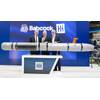
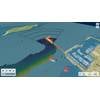
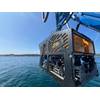

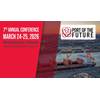







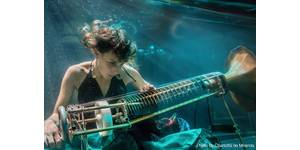
 August 2025
August 2025


